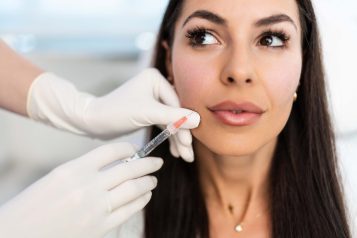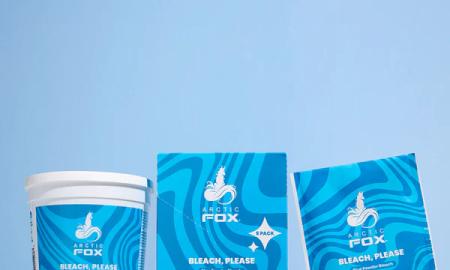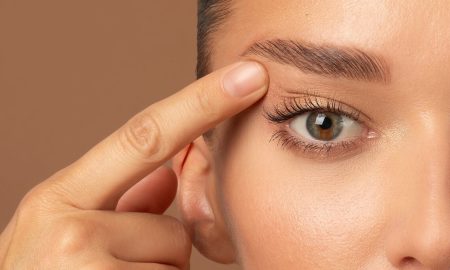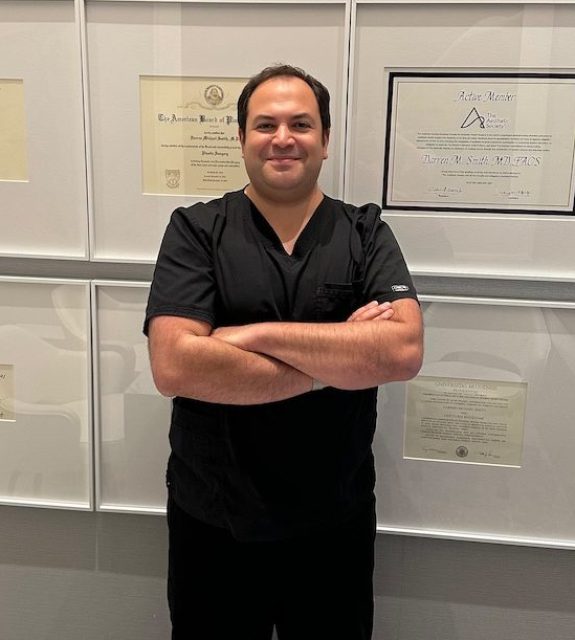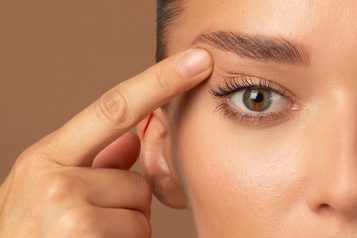Mara C. Weinstein Velez, M.D., FAAD is a board-certified dermatologist, and Director of Cosmetics and Laser Surgery at the University of Rochester Medical Center, in Upstate New York. She completed a prestigious Laser, Cosmetic and Dermatologic Surgery fellowship at SkinCare Physicians in Boston, with clinical faculty from the Harvard and Yale Departments of Dermatology and is one of the only Fellowship-trained Cosmetic and Laser Surgeons in Western NY.
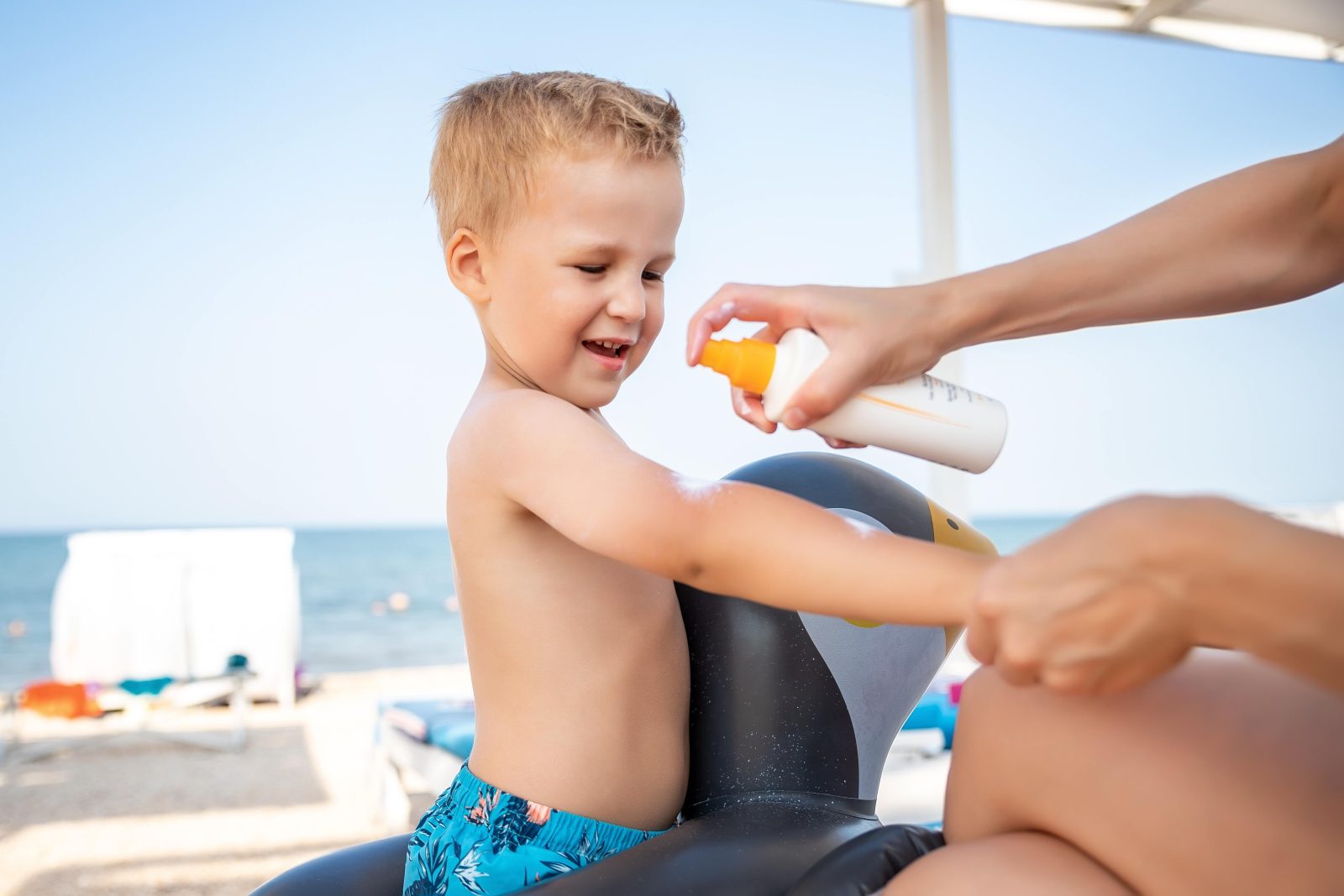
Sunshine and warm weather call for a friendly reminder to not forget sun protection, for both you and your children! Since the young ones can't comprehend how to properly apply sunscreen on their own, this is where you, the parent, nurse, babysitter, or camp counselor, take full responsibility.
Knowing that the questions, from what SPF to use to what brand is 'kid-friendly' will surface, Haute Beauty had expert Dr. Mara Weinstein Velez's share her five bright sunscreen tips for children.
1. Put sunscreen on your child starting at six months old.
This is according to the Skin Cancer Foundation and American Academy of Dermatology. The best ways to keep infants safe are with shade, sunglasses, wide-brimmed hats, and sun protective clothing labeled with a UPF of 50 or higher. Also, avoid the peak hours of sunlight, and UV radiation from 10 am -2 pm.
2. Pick a sunscreen that is SPF 30 or higher.
Mineral sunscreens are typically the best for babies and kids and are gentle for sensitive skin. Mineral sunscreens contain zinc oxide and titanium dioxide. Look for sunscreens with a formula that's made for children and water-resistant. Stick sunscreens are beneficial for application on busy kids! They should be rubbed in a back and forth motion three times for proper application. Spray sunscreens are also great for moving bodies but are most effective when rubbed in after spraying!
View this post on Instagram
3. It's okay for kids to use the same sunscreen as adults!
There are minimal differences between kid and adult sunscreens, and usually none. Regardless of age, it would be best if you always used a broad-spectrum sunscreen that is SPF 30 or higher. Many sunscreens labeled for children might use a mineral-based formula because it's less likely to irritate.
4. Apply one ounce of sunscreen.
If you are unsure how much sunscreen is enough or at least effective, you can base it on one ounce of sunscreen for toddlers or enough to fill a plastic medicine cup.
5. Kids should wear sunscreen all the time.
Sunscreen is not just for the summer. The sun is always shining. So, apply sunscreen anytime your kids spend time in the sun, and be sure to put it on 15-30 minutes before going outside.
For more information, visit Dr. Mara Weinstein Velez's social media:








